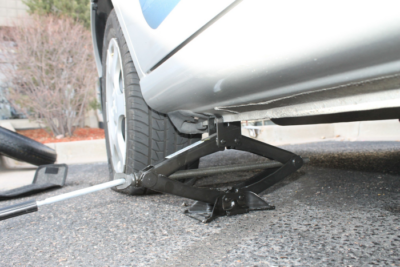In the world of transportation and logistics, owning a semi-truck is essential for many businesses. However, deciding whether to finance or lease a semi-truck can be a daunting task. Both options come with their own set of advantages and considerations. In this article, we’ll explore the differences between financing and leasing semi trucks, helping you make an informed decision for your business needs.
Financing: Driving Towards Ownership
Financing a semi-truck involves taking out a loan to purchase the vehicle. With financing, you have full ownership of the truck once the loan is paid off. This means you can customize the truck to your preferences and use it without any mileage restrictions. Additionally, as you pay off the loan, you build equity in the truck, which can be beneficial for your business’s financial health. However, financing typically requires a down payment and may involve higher monthly payments compared to leasing.
Leasing: Flexibility with Lower Initial Costs
Leasing a semi-truck offers flexibility and lower initial costs compared to financing. With a lease, you’re essentially renting the truck for a specified period, usually three to five years. Leasing typically requires a smaller upfront payment or sometimes even no down payment, making it an attractive option for businesses with limited capital. Additionally, lease payments are often lower than loan payments, allowing for better cash flow management. However, leases come with mileage restrictions and may involve additional fees for exceeding those limits.
Considerations for Financing
When opting for financing, it’s crucial to consider your long-term financial goals and the overall cost of ownership. While financing offers the opportunity for ownership and equity buildup, it requires a significant initial investment and higher monthly payments. You’ll also need to factor in maintenance costs, insurance, and depreciation over time. It’s essential to assess your business’s financial stability and ability to handle the financial obligations associated with a loan.
Considerations for Leasing
Leasing can be advantageous for businesses looking to conserve capital and maintain flexibility. However, it’s important to carefully review the lease terms, including mileage restrictions, wear and tear guidelines, and potential penalties for early termination. Additionally, since you don’t own the truck at the end of the lease term, you won’t build equity in the vehicle. For businesses with fluctuating transportation needs or those anticipating technological advancements in trucking, leasing can provide the flexibility to upgrade to newer models more frequently.
Making the Decision
Ultimately, the decision between financing and leasing a semi-truck depends on your specific business needs, financial situation, and long-term goals. If you prioritize ownership, equity buildup, and customization options, financing may be the better choice. On the other hand, if you value flexibility, lower upfront costs, and predictable monthly payments, leasing could be the more suitable option. Consider consulting with financial advisors or industry experts to evaluate the pros and cons based on your unique circumstances.
Considering Maintenance and Depreciation
Another crucial factor to consider when deciding between financing and leasing is maintenance and depreciation. When you finance a semi-truck, you’re responsible for all maintenance and repair costs. While this gives you control over the upkeep of the vehicle, it can also lead to unpredictable expenses, especially for older trucks. Additionally, semi-trucks tend to depreciate over time, and as the owner, you bear the risk of the vehicle’s declining value. On the other hand, with a lease, maintenance may be included in the agreement, providing a more predictable budget for upkeep. Furthermore, since you don’t own the truck, you’re not affected by its depreciation, which can be advantageous if you plan to upgrade to newer models frequently.
Tax Implications and Financial Reporting
Tax implications and financial reporting requirements can differ between financing and leasing arrangements. When you finance a semi-truck, you may be eligible for tax deductions on the interest paid on the loan, as well as depreciation deductions for the vehicle’s value over time. These deductions can help reduce your taxable income and potentially lower your overall tax liability. However, leasing payments are generally treated as operating expenses rather than debt, which means they may be fully deductible as a business expense. Understanding the tax implications of each option is essential for accurate financial reporting and maximizing tax benefits for your business.
Evaluating Long-Term Needs and Growth Strategies
When making the decision between financing and leasing, it’s essential to consider your long-term business needs and growth strategies. If your business is in a growth phase and you anticipate needing additional trucks in the future, leasing may offer more flexibility to scale your operations quickly. Conversely, if you have stable transportation needs and prefer to have full control over your fleet, financing may be the better option. Take into account factors such as industry trends, market demand, and technological advancements in trucking when evaluating your long-term strategies. By aligning your financing or leasing decision with your business goals, you can set yourself up for success in the competitive transportation industry.
Final Thoughts
Whether you choose to finance or lease a semi-truck, it’s essential to weigh the benefits and drawbacks of each option carefully. Financing offers ownership and equity buildup but requires a significant initial investment and higher monthly payments. Leasing, on the other hand, provides flexibility and lower upfront costs but comes with mileage restrictions and no ownership at the end of the term. By understanding your business’s needs and financial capabilities, you can navigate the road to semi-truck ownership with confidence.










Comments on " Financing vs. Leasing Semi Trucks" :